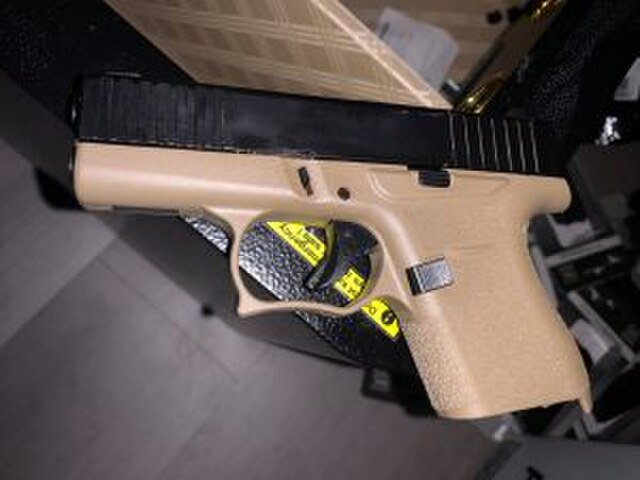The Minnesota Supreme Court delivered a decisive victory for Second Amendment rights Wednesday, ruling that the state cannot prosecute citizens for possessing self-assembled firearms without serial numbers when no federal law requires serialization.
In a 4-2 decision, the court reversed lower court rulings and dismissed charges against Logan Hunter Vagle, who faced felony prosecution for exercising his constitutional right to keep and bear arms after assembling a Glock 19 pistol from legally purchased parts.
Justice Paul Thissen, writing for the majority, emphasized that Minnesota Statutes section 609.667(3) can only “criminalize the possession of a firearm that is not identified by a serial number if federal law requires that a serial number be stamped, engraved, cast, or otherwise conspicuously placed on the firearm.”
The ruling reinforces the principle that state legislators must operate within constitutional parameters and cannot arbitrarily expand criminal liability beyond established federal frameworks.
The prosecution began when Vagle was arrested following a 2022 vehicle accident in Fridley, MN. Despite lawfully possessing a firearm he had legally assembled from purchased components, the state charged him with a felony under an overly broad interpretation of Minnesota law.

Vagle’s legal team successfully argued that Minnesota’s statute should be limited to firearms that federal law actually requires to be serialized, rather than allowing the state to criminalize constitutionally protected conduct.
The court’s analysis revealed how state prosecutors had been misapplying the law, potentially criminalizing thousands of law-abiding Minnesotans who own legal firearms.
“The State’s interpretation of section 609.667(3) would have the unfortunate and unnecessary effect of turning a large group of currently law-abiding Minnesotans, like those who own rifles and other firearms manufactured before 1968 (often family heirlooms) which are not National Firearms Act firearms and lack serial numbers, into unsuspecting criminals,” Justice Thissen wrote.
The majority noted that Minnesota itself had been selling firearms without serial numbers as recently as 2022, demonstrating the state’s inconsistent and unconstitutional application of its own law.
The court’s analysis of the 1994 law’s legislative history revealed lawmakers intended to enforce existing federal regulations, not create new restrictions on constitutional rights. When specifically asked whether the law would affect pre-1968 firearms without serial numbers, the bill’s author explicitly answered “No.”
This finding underscores that state legislators understood they were operating within constitutional constraints, not attempting to expand government power beyond federal authority.
Under current federal regulations, only specific categories of firearms require serial numbers:
Self-assembled firearms for personal use, protected under the Second Amendment’s individual right to keep and bear arms, generally fall outside federal serialization requirements.
Chief Justice Natalie Hudson’s dissent, joined by Justice Karl Procaccini, argued for a broader interpretation that would have expanded state power to criminalize constitutionally protected conduct.
Hudson contended the statute should apply as a “catch-all provision to criminalize the possession of a nonserialized gun that may otherwise exist outside of the National Firearms Act or Gun Control Act’s registration requirements."
The majority appropriately rejected this expansive reading that would have undermined constitutional protections.
While the court’s ruling protects citizens from prosecutorial overreach under current law, Justice Thissen’s opinion raises concerns for Second Amendment advocates by suggesting the state legislature retains broad regulatory authority.
“In the end, the final decision on whether and how to regulate ghost guns rests with the Legislature,” Justice Thissen wrote, indicating the court views such regulations as potentially constitutional rather than categorically prohibited.
The ruling noted that in 2023, the Minnesota Legislature considered but did not pass broader ghost gun restrictions. However, the court’s language suggests future legislative efforts to restrict constitutionally protected firearms could receive judicial approval.
The decision represents a narrow victory based on statutory interpretation rather than a broad constitutional ruling. The court focused on what current law permits rather than establishing firm constitutional boundaries against future government encroachment.
While Minnesota citizens can currently exercise their Second Amendment rights without fear of prosecution under the existing statute, the ruling provides little protection against future legislative attempts to restrict self-assembled firearms.
Constitutional advocates note the decision’s limitations, as it suggests the court may defer to legislative authority rather than strictly enforce Second Amendment protections if lawmakers choose to enact new restrictions on constitutionally protected conduct.